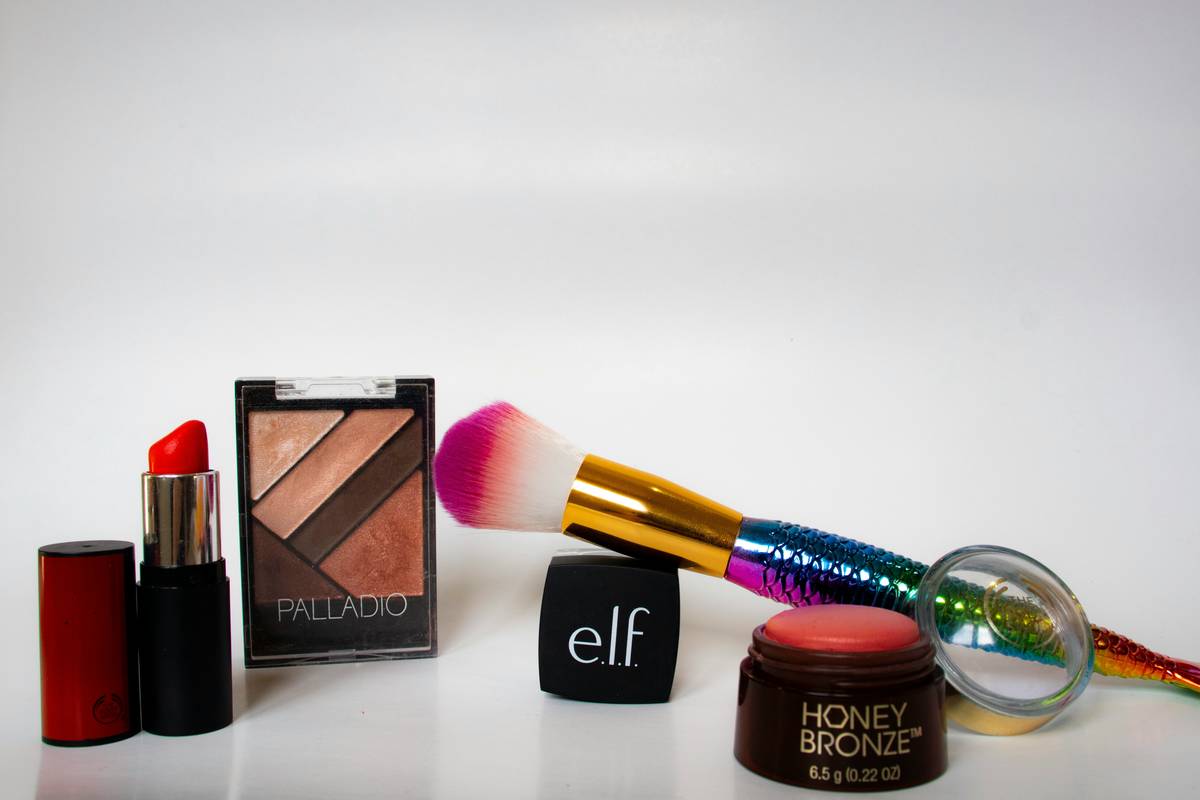“Ever looked in the mirror after applying primer and thought, ‘Wait… is this really good for my skin?'”
Here’s a hard truth: not all primers are created equal. The wrong one can clog pores, irritate sensitive skin, or even make you rethink your life choices (okay, maybe that’s dramatic). But here’s the twist—eco makeup primers are changing the game. These green goddesses of prep work not only smooth your complexion but also play nice with Mother Nature.
In this post, we’ll dive into why eco makeup primers deserve a spot on your vanity and how they fit perfectly into natural makeup routines. You’ll learn what makes them different, tips for choosing the best ones, and insider techniques to nail that “no-makeup” makeup look. Plus, I’ll share a cringeworthy skincare fail so you don’t have to live through it yourself.
Table of Contents
- The Problem With Conventional Primers
- How to Choose the Perfect Eco Primer
- Top Tips for Using Eco Makeup Primers
- Real-Life Success Stories
- FAQs About Eco Makeup Primers
Key Takeaways
- Eco makeup primers are formulated without harmful chemicals, making them better for both skin and the planet.
- They provide an ideal base for natural makeup, ensuring longevity without compromising skin health.
- Choosing the right eco primer involves understanding ingredients, skin type, and finish preferences.
- Tips like layering with moisturizer and setting with powder can elevate your results.
The Problem With Conventional Primers
Let me start by confessing something *mortifying*. Once upon a time, I slathered on a drugstore primer without checking its ingredient list. A few hours later, my face felt like it was hosting a rave party… for acne. Yep, inflammation city.
What went wrong? Many conventional primers contain silicones, parabens, and synthetic fragrances—ingredients that may give you that instant blurred effect but wreak havoc long-term. And let’s not forget their environmental impact. Those tiny tubes often end up in landfills or oceans, contributing to plastic pollution.

How to Choose the Perfect Eco Primer
Optimist You: “Just pick any eco primer!”
Grumpy You: “Ugh, fine—but only if coffee’s involved.”
Choosing an eco-friendly primer isn’t as simple as grabbing the first bottle labeled “green.” Here’s a step-by-step guide:
Step 1: Check the Ingredient List
- Look for plant-based oils like jojoba or marula.
- Avoid phthalates, sulfates, and artificial dyes.
- Pro-tip: Apps like Think Dirty can help decode labels.
Step 2: Match Your Skin Type
- Oily skin? Go for mattifying formulas with kaolin clay.
- Dry skin? Opt for hydrating primers infused with aloe vera or hyaluronic acid.
- Combo skin? Try lightweight gel-based options.
Step 3: Test Finish Preferences
Do you prefer dewy, radiant looks or matte perfection? Different primers cater to these needs, so sample before committing.
Top Tips for Using Eco Makeup Primers
- Prep Your Skin First: Apply moisturizer to avoid pilling when layering products.
- Less Is More: Use pea-sized amounts to prevent heaviness.
- Set It Right: Pair with a translucent setting powder for longer wear.
- Don’t Forget SPF: Ensure your moisturizer has sun protection since some eco primers lack added sunscreen.
Terrible Tip Disclaimer: Never try microwaving your primer if it feels too thick. Yes, someone actually did this. Please don’t repeat history.
Real-Life Success Stories
Meet Sarah, a beauty blogger who switched to Ilia Super Serum Skin Tint—an eco primer hybrid—and saw her Instagram engagement skyrocket thanks to glowing selfies. Or consider Mia, whose eczema flare-ups disappeared once she ditched silicone-laden products.
FAQs About Eco Makeup Primers
Are eco makeup primers as effective as traditional ones?
Yes! Modern formulations rival their conventional counterparts in performance while being safer for skin and the environment.
Where can I buy eco-friendly primers?
Stores like Credo Beauty, Detox Market, and online platforms such as Amazon carry reputable brands like Tata Harper and Juice Beauty.
Will switching to eco primers save money?
Short answer: No. Sustainable products tend to cost more due to ethical sourcing. However, fewer breakouts and healthier skin might justify the investment.
Conclusion
Natural makeup enthusiasts, rejoice! Eco makeup primers aren’t just trendy—they’re transformative. By investing in cleaner, greener alternatives, you’re not only enhancing your beauty routine but also supporting sustainable practices.
So, ready to swap out those questionable primers for something that loves your skin AND the Earth? Chef’s kiss.
Like a Tamagotchi, your skincare routine needs daily care. Don’t neglect it.


